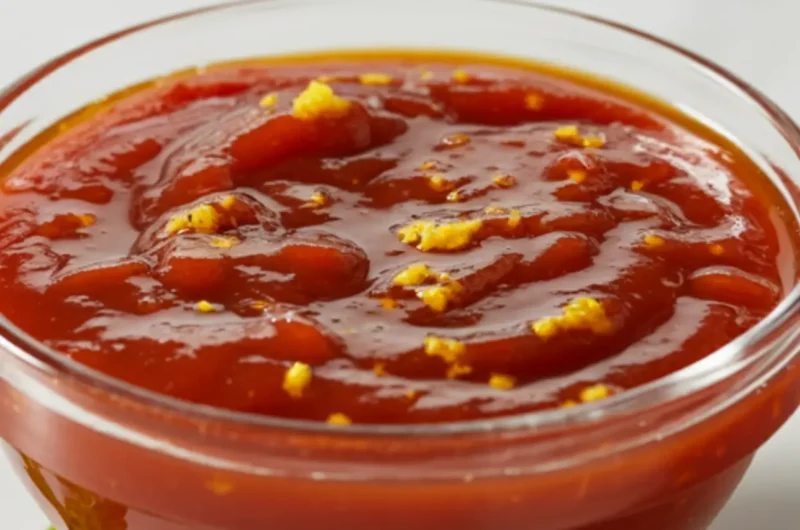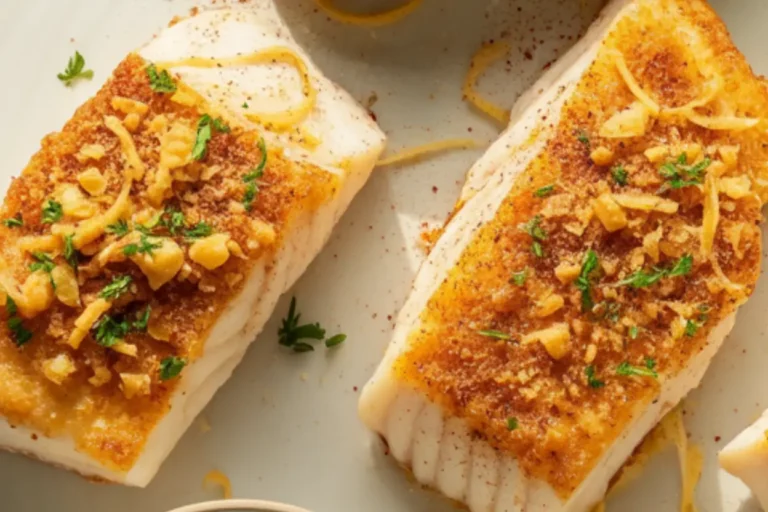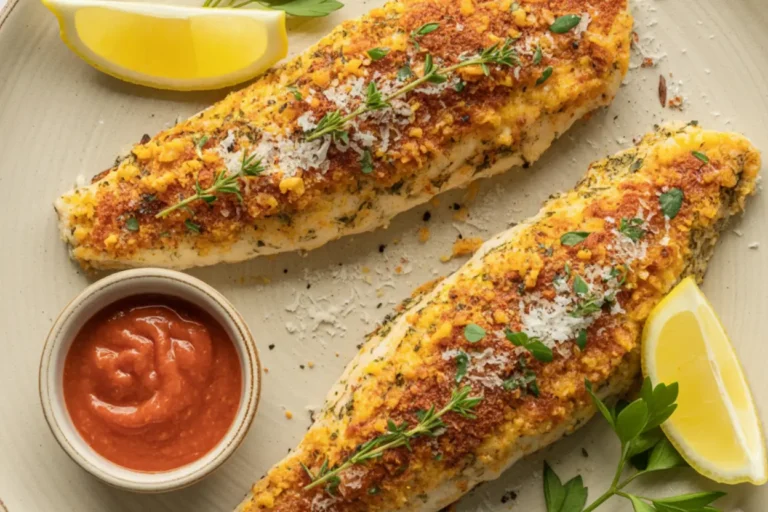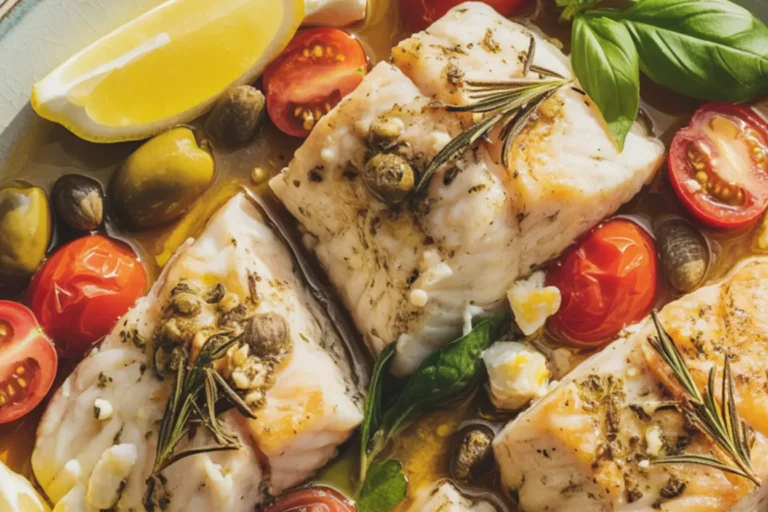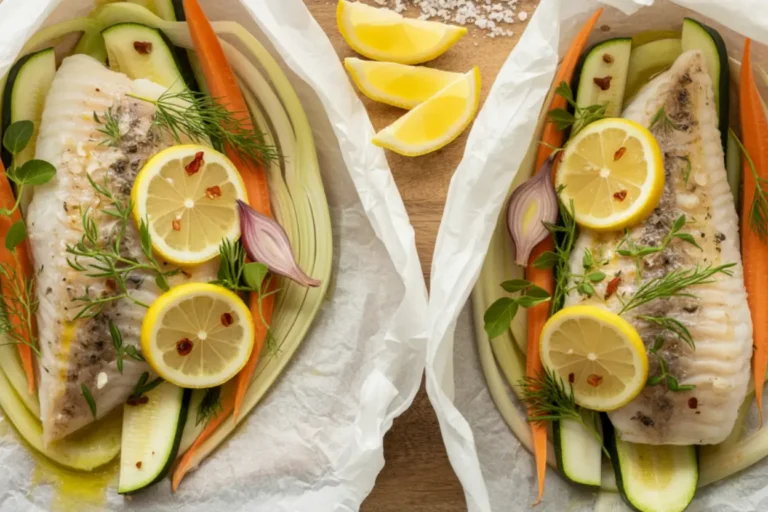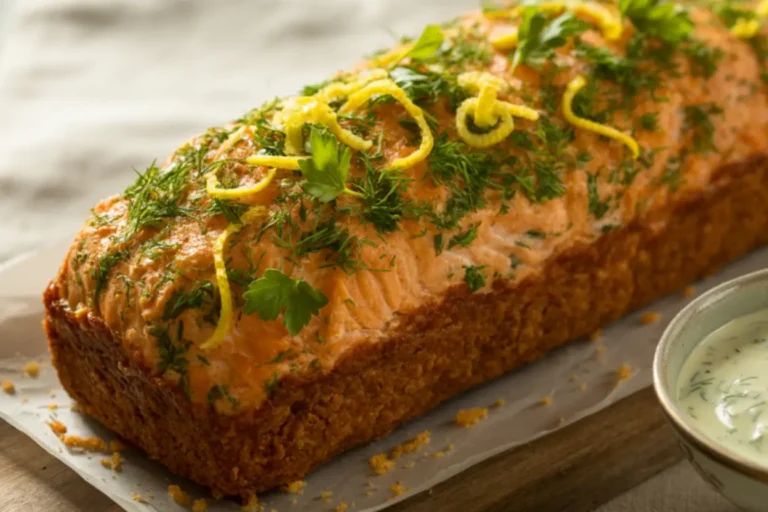Homemade Cocktail Sauce: How to Balance Sweet and Spicy
Table of Contents
Nothing elevates a seafood experience quite like the perfect homemade cocktail sauce. After years of experimenting with different ratios and ingredients, I’ve perfected a cocktail sauce recipe that strikes that elusive balance between sweet, tangy, and spicy elements. Whether you’re serving a holiday shrimp cocktail platter or dressing up a weeknight fish dinner, this signature homemade cocktail sauce will elevate your seafood to restaurant-quality status.
Thank you for reading this post, don't forget to subscribe!The difference between store-bought and homemade cocktail sauce is truly night and day. Commercial versions often rely on corn syrup, preservatives, and artificial flavors that mask the clean, bright taste that makes a great cocktail sauce so refreshing. By contrast, my homemade version showcases fresh ingredients and allows you to customize the heat level to your exact preference. Let me show you how easy it is to create this classic condiment that will forever change how you enjoy seafood.
How to Make Homemade Cocktail Sauce
Quick Overview
This homemade cocktail sauce delivers the perfect balance of tangy tomato base, aromatic horseradish kick, and subtle sweet notes that complement seafood without overwhelming it. What makes this recipe special is the layered approach to building flavor, starting with a quality ketchup base that’s enhanced with freshly grated horseradish for authentic heat, brightened with lemon juice and Worcestershire sauce for complexity, and finished with carefully balanced seasonings that elevate every bite.
The beauty of this recipe lies in its simplicity and speed – it takes just 10 minutes to prepare from start to finish, yet the flavor tastes like it’s been perfected over hours. The sauce reaches its peak flavor after chilling for at least 30 minutes, but it can be served immediately if you’re in a hurry. Unlike many condiments that require cooking or precise techniques, this no-cook recipe is virtually foolproof, making it perfect for beginner cooks while still impressing seasoned culinary enthusiasts with its vibrant, balanced flavor profile.
The Ingredients I Use to Bring My Homemade Cocktail Sauce to Life
Base ingredients:
- 1 cup high-quality ketchup (I prefer Heinz for its balanced flavor)
- 2-4 tablespoons prepared horseradish, drained (adjust according to desired heat level)
- 2 tablespoons freshly squeezed lemon juice (about half a large lemon)
- 1 tablespoon Worcestershire sauce
- 1 teaspoon honey (or brown sugar)
Flavor enhancers:
- 1/2 teaspoon hot sauce (Tabasco or Crystal works well)
- 1/4 teaspoon freshly ground black pepper
- 1/8 teaspoon garlic powder
- Pinch of celery salt (optional but recommended)
Optional advanced additions:
- 1 teaspoon prepared Dijon mustard (adds complexity)
- ¼ teaspoon finely grated lemon zest (to add a fresh citrus aroma)
- 1/8 teaspoon Old Bay seasoning (for a seafood-forward flavor)
- 1 teaspoon finely minced shallot (for subtle onion flavor and texture)
Step-by-Step Instructions
Step 1: Select and Prepare Your Base
- Choose a high-quality ketchup as your foundation. While it might be tempting to use any brand, premium ketchups like Heinz or organic options have better tomato flavor and balanced sweetness that will significantly impact your final sauce.
- Pour 1 cup of ketchup into a medium-sized glass or ceramic mixing bowl. Avoid using metal bowls, as their reaction with acidic ingredients can alter the taste.
- If you’re using freshly grated horseradish rather than prepared, start with a smaller amount (about 1 tablespoon) as it’s significantly stronger than the jarred variety. When using prepared horseradish, drain it well by pressing it against a fine mesh sieve to remove excess liquid that could water down your sauce.
Step 2: Add Primary Flavor Components
- Add 2 tablespoons of the drained prepared horseradish to the ketchup. If you’re unsure about your heat preference, start with this conservative amount – you can always add more later.
- Squeeze half a large lemon to obtain 2 tablespoons of fresh juice. Be sure to strain out any seeds. Add the lemon juice to the bowl.
- Measure 1 tablespoon of Worcestershire sauce and add it to your mixture. This ingredient provides depth and umami that balances the sweetness of the ketchup.
- Add 1 teaspoon of honey (or brown sugar if you prefer), which helps round out the acidity and heat with a subtle sweetness that complements seafood beautifully.
Step 3: Incorporate Seasonings and Adjust Heat
- Add the hot sauce, freshly ground black pepper, garlic powder, and celery salt (if using) to the bowl.
- If you’re using any of the optional advanced additions (Dijon mustard, lemon zest, Old Bay seasoning, or minced shallot), add them now.
- With a silicone spatula or whisk, gently and thoroughly mix all the ingredients until the mixture is smooth and fully combined. Make sure to scrape down the sides and bottom of the bowl to ensure everything is evenly incorporated.
- Taste the sauce and evaluate its heat level. If you prefer more heat, add additional horseradish 1 teaspoon at a time, tasting after each addition until you reach your desired level of spiciness. Remember that the heat will intensify slightly as the sauce rests.
Step 4: Refine and Adjust Flavors
- After the initial mixing, taste your sauce again, paying attention to the balance of flavors. Is it tangy enough? Add a bit more lemon juice if needed. Not enough depth? A few more drops of Worcestershire sauce can help. Too acidic? A touch more honey will balance it.
- If the sauce seems too thick, you can thin it slightly with 1-2 teaspoons of water or additional lemon juice, depending on whether you want to add more acidity.
- For the most cohesive flavor development, cover the bowl with plastic wrap and refrigerate for at least 30 minutes before serving. This resting time allows the flavors to meld together harmoniously.
- After chilling, give the sauce one final stir and taste, making any last-minute adjustments as needed before transferring to a serving bowl.
What to Serve Homemade Cocktail Sauce With
Homemade cocktail sauce is incredibly versatile and pairs beautifully with various seafood options:
Classic pairings:
- Shrimp cocktail: The quintessential pairing – use large chilled shrimp (21-25 count) that have been poached and then ice-bathed for the perfect texture
- Crab claws: Particularly stone crab or Alaskan king crab legs
- Oysters on the half shell: A spoonful of cocktail sauce makes a delicious alternative to mignonette
- Chilled lobster: Particularly claw and knuckle meat
Creative applications:
- Crispy calamari: Offer cocktail sauce alongside the traditional marinara for a tangy alternative
- Seafood salad dressing: Thin with a bit of olive oil to create a zesty dressing for crab or shrimp salad
- Fish and chips: A sophisticated alternative to plain ketchup
- Crab cakes or fish cakes: Spoon a small amount on top or serve on the side
- Fried fish tacos: Add a dollop for a zesty kick
Accompaniments for a seafood platter:
- Lemon wedges
- Clarified butter
- Mignonette sauce
- Fresh herbs like dill and parsley
- Thinly sliced cucumber and radish
Beverage pairings:
- Champagne or Prosecco: The acidity and bubbles complement the tangy sauce
- Dry Riesling or Sauvignon Blanc
- Light lagers or pilsners
- For non-alcoholic options, sparkling water with a squeeze of citrus works beautifully
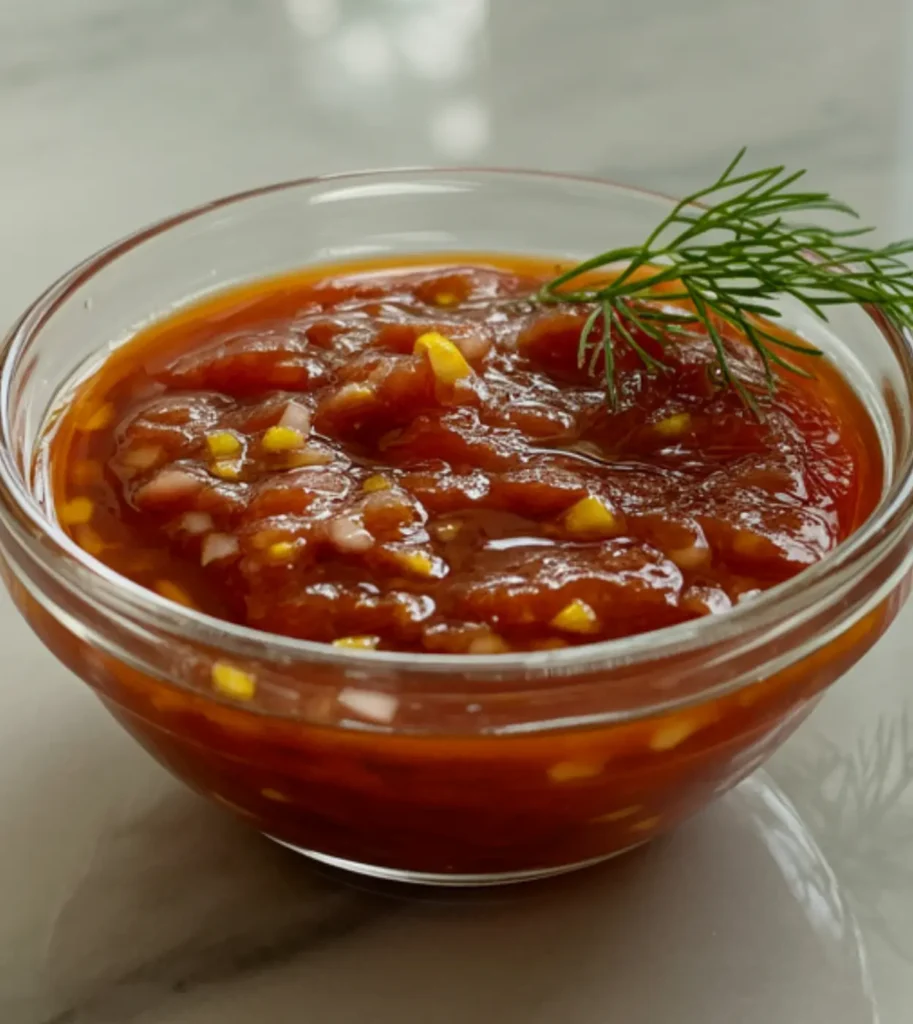
Top Tips for Perfecting Homemade Cocktail Sauce
- Horseradish considerations: The type of horseradish you use dramatically impacts your sauce. Freshly grated horseradish root provides the cleanest, most vibrant heat but loses potency quickly. Refrigerated prepared horseradish offers a good balance of convenience and flavor, while shelf-stable varieties tend to be milder. For the freshest flavor, always check the date on prepared horseradish and look for products that contain only horseradish, vinegar, and salt.
- Balancing sweetness and acidity: If your sauce tastes too sweet (often the case with ketchups containing high fructose corn syrup), add more lemon juice. Conversely, if it’s too acidic, a small amount of honey or brown sugar will smooth it out. Remember that seafood is naturally sweet, so your sauce should lean toward tangy rather than sweet.
- Heat level adjustment timing: For the most accurate assessment of heat, wait about 5 minutes after adding horseradish before tasting and adjusting. The perception of heat from horseradish develops over time, and what seems mild initially may become adequately spicy after a short rest.
- Common mistakes to avoid:
- Using old horseradish that has lost its punch
- Over-mixing, which can make the sauce lose its textural contrast
- Adding too much hot sauce, which can overpower the horseradish flavor
- Using bottled lemon juice instead of fresh, which lacks the bright complexity needed
- Ingredient substitutions:
- No prepared horseradish? Use 1-2 teaspoons of wasabi paste, adjusting to taste
- For a lower-sugar version, use no-sugar-added ketchup and omit the honey
- If you don’t have Worcestershire sauce, try a splash of soy sauce mixed with a pinch of cloves and a drop of vinegar
- Vegan adaptation: Use vegan Worcestershire sauce (traditional contains anchovies)
- Texture refinements: To achieve a smoother sauce, briefly pulse the mixture in a food processor. For added texture, mix in finely diced red bell pepper or extra minced shallots.
- Regional variations: Consider exploring traditional regional twists:
- New Orleans style: Add extra hot sauce and a pinch of cayenne
- Pacific Northwest: Incorporate a small amount of grated fresh ginger
- New England: Add 1/4 teaspoon of dried thyme
Storing and Reheating Tips
Proper storage is key to maintaining the vibrant flavors of your homemade cocktail sauce:
Short-term storage:
- Transfer the sauce to an airtight container with minimal headspace to prevent oxidation
- Store in the refrigerator where it will keep well for 1-2 weeks
- The flavor actually improves during the first 24-48 hours as ingredients meld
Signs of quality deterioration:
- Look for separation, discoloration, or off odors
- Horseradish will gradually lose its potency over time, so the sauce will become milder
- If the sauce has been left at room temperature for more than 2 hours, discard it for food safety
Freezing options:
- While possible to freeze cocktail sauce, the texture of horseradish can change slightly
- Freeze in small portions using ice cube trays, then transfer frozen cubes to freezer bags
- Mark the container with the date and consume within 3 months.
- Defrost in the refrigerator overnight rather than at room temperature.
Refreshing stored sauce:
- After the sauce has been refrigerated for several days, the horseradish flavor may diminish
- To revive the sauce, stir in a small amount of fresh horseradish just before serving
- A squeeze of fresh lemon juice can also brighten the flavors of a sauce that’s been stored
- If the sauce has thickened during storage, thin it with a small amount of water or lemon juice
Bulk preparation:
- This recipe doubles or triples easily for larger gatherings
- Consider preparing a large batch and dividing it into smaller containers
- Keep one portion in the refrigerator and freeze the rest for future use
Serving temperature considerations:
- Always serve cocktail sauce chilled for the best flavor profile
- Remove from the refrigerator about 10-15 minutes before serving to take the edge off the cold, which can dull flavors
- Never heat cocktail sauce, as this will alter its flavor profile and diminish the horseradish kick
With this carefully balanced homemade cocktail sauce recipe, you’ll never reach for the store-bought version again. The vibrant flavors, perfect texture, and customizable heat level create a condiment that elevates seafood from everyday to extraordinary. The best part? It takes just minutes to prepare, but it tastes like it came from a high-end seafood restaurant. Whether you’re hosting an elegant dinner party or simply treating yourself to a special meal, this homemade cocktail sauce will become your go-to seafood companion, showcasing the perfect harmony between sweet, tangy, and spicy elements that make this classic condiment timeless.
click here to follow me on pinterest
Homemade Cocktail Sauce: How to Balance Sweet and Spicy
Cuisine: AmericanDifficulty: Easy8
servings10
minutes35
kcalThis zesty and flavorful homemade cocktail sauce is the perfect complement to shrimp, oysters, crab, and other seafood. Made with ketchup, horseradish, lemon juice, and a balanced blend of spices and aromatics, it delivers bold, tangy, and slightly spicy notes that elevate any seafood platter. It’s easy to whip up in minutes and can be customized to suit your desired level of heat and sweetness.
Ingredients
1 cup high-quality ketchup (I prefer Heinz for its balanced flavor)
2-4 tablespoons prepared horseradish, drained (adjust according to desired heat level)
2 tablespoons freshly squeezed lemon juice (about half a large lemon)
1 tablespoon Worcestershire sauce
1 teaspoon honey (or brown sugar)
1/2 teaspoon hot sauce (Tabasco or Crystal works well)
1/4 teaspoon freshly ground black pepper
1/8 teaspoon garlic powder
Pinch of celery salt (optional but recommended)
1 teaspoon prepared Dijon mustard (adds complexity)
¼ teaspoon finely grated lemon zest (to add a fresh citrus aroma)
1/8 teaspoon Old Bay seasoning (for a seafood-forward flavor)
1 teaspoon finely minced shallot (for subtle onion flavor and texture)
Instructions
- Prepare the Base
Pour 1 cup of high-quality ketchup into a glass or ceramic mixing bowl (avoid metal). Drain your prepared horseradish thoroughly, and if using fresh horseradish, start with 1 tablespoon due to its stronger intensity. - Add Core Ingredients
Stir in 2 tablespoons of horseradish, 2 tablespoons of fresh lemon juice (strained), 1 tablespoon of Worcestershire sauce, and 1 teaspoon of honey or brown sugar to balance the flavors. - Mix in Seasonings
Add ½ teaspoon hot sauce, ¼ teaspoon black pepper, ⅛ teaspoon garlic powder, and a pinch of celery salt (optional). Mix in extras like 1 teaspoon Dijon mustard, ¼ teaspoon lemon zest, ⅛ teaspoon Old Bay seasoning, and 1 teaspoon minced shallot. Gently whisk everything together until smooth and well-blended. - Adjust and Chill
Taste and fine-tune the sauce, add more lemon juice, honey, or horseradish as needed. Thin it with a splash of water or lemon juice if it’s too thick. Cover and refrigerate for at least 30 minutes to let flavors meld. Stir once more before serving.
Notes
- This cocktail sauce is a quick and customizable condiment made with pantry staples and fresh aromatics. Use more horseradish for a spicy kick or add a touch more lemon zest for brighter citrus notes. It keeps well in the fridge for up to a week and can even be frozen in small portions for future use. Perfect for impressing guests with a seafood platter—no store-bought sauce needed!


